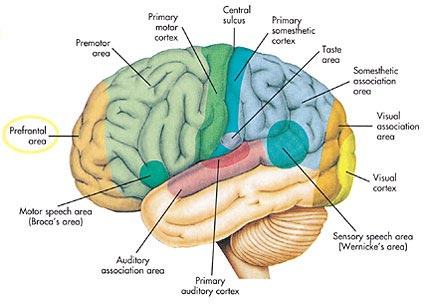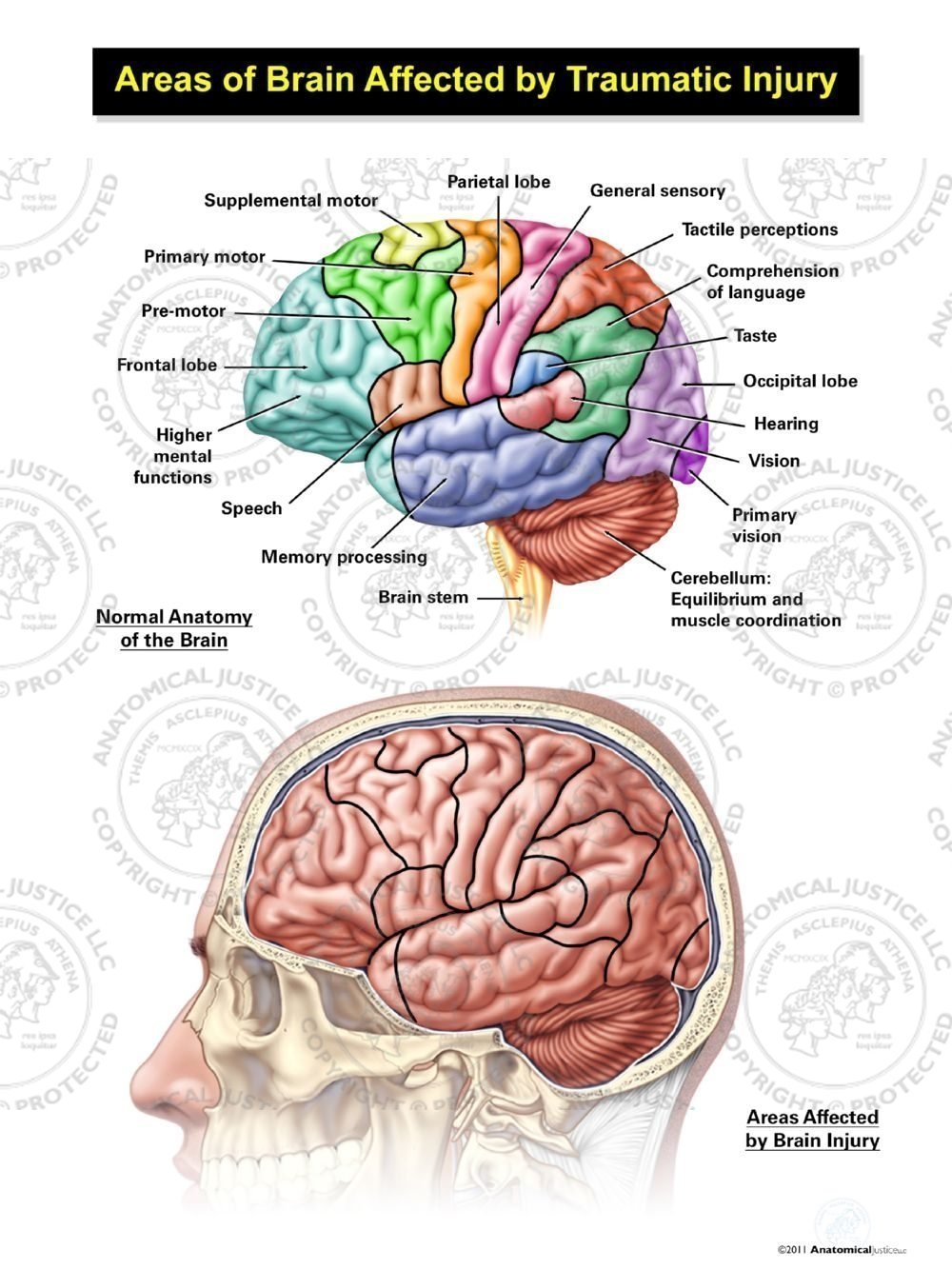

It can help a person with dementia to live well, or to support a person with dementia to live well. If the brain weren’t able to pick and choose what portion of the incoming flood of sensory information should get premium processing, the world would look like utter chaos—an incomprehensible soup of attention-hijacking sounds and sights.Knowing more about the brain and how it can change can help to understand the symptoms of dementia. It may seem like a trivial skill, but it’s actually fundamental to almost everything we do. Two locations in the brains fusiform gyrus respond to faces (red) but not to other.As you read this line, you’re bringing each word into clear view for a brief moment while blurring out the rest, perhaps even ignoring the roar of a leaf blower outside. Now we know that three brain areas do play significant roles in the processing and storage of different types of memories: cerebellum, hippocampus, and amygdala.New study locates two areas of the brain that identify a face.
“The last time an attention controlling area was discovered was 30 years ago,” says Winrich Freiwald, head of Rockefeller’s Laboratory of Neural Systems, who published the findings in the Proceedings of the National Academy of Sciences. The structures in the forebrain include the cerebrum, thalamus, hypothalamus.The unexpected addition raises new questions in what has long been considered a settled scientific field. Now a new study suggests that another area in an unlikely location—the temporal lobe—also steers the spotlight of attention.The forebrain, midbrain and hindbrain make up the three major parts of the brain.
“But we took the bet,” Freiwald says.The brain’s attention areas hold an internal map of the outside world, a kind of control panel that ensures we are directing our data-processing resources toward the small part of the world that’s relevant to our goal at any given time. It seemed like a long shot, as PITd was far away from classic attention areas. So in the new study, the scientists asked if this mysterious brain area might be controlling attention. “All of the areas we found made sense, except for this one,” Freiwald says.Not only was it not known to contain any motion sensitive neurons, PITd also didn’t appear particularly sensitive to other types of visual information, suggesting it wasn’t a sensory processing area. As expected, visual areas specializing in motion detection, as well as areas known for selective attention, lit up on brain scans.But there was also area PITd, named for its location in the dorsal part of the posterior inferotemporal cortex, whose activation the scientists couldn’t quite explain. They were studying brain activation in monkeys engaged in a task that requires maintaining focus on a subset of rapidly moving dots on a screen.
Areas Of The Brain Code For A
The results were just too good: The first randomly picked neuron showed a strong liking for a specific location. But his anxiety soon turned to disbelief. They randomly selected about 200 neurons, hoping that at least some of them would turn out to be location specific, responding exclusively to one part of the screen with moving dots that the monkeys in the experiment were looking at.At the first recording session, Freiwald recalls pacing nervously on his feet, staring at the monitors that track the electrical activity of the neurons and play it in sound form. Its neurons code for a specific area in our field of vision, only firing when that part is being attended to.So the scientists decided to test whether PITd contained any such neurons.
“We could improve the animal’s performance,” Freiwald says. Unlike a typical sensory neuron, their activity remained the same even if the moving dots changed direction or color.Lastly, the scientists stimulated PITd to artificially activate it. And as closely as these PITd neurons tracked the locus of attention, they ignored what was actually happening on the screen—another feature of an attention area. That’s how strong the signal was.”The signal could even predict when the monkeys would make a mistake because they weren’t paying attention to the right spot. “We figured out that one of us could close his eyes and tell just by listening to the neuron’s response whether the subject is paying attention to the left or right part of the screen. “It was absolutely mind boggling,” Freiwald says.

More than just adding to the list of attention control areas, it might actually challenge scientists to rethink how some aspects of our brains are organized. In other words, it doesn’t quite fit the description of either of these two networks—rather, it seems to fall somewhere in between.The eccentricities of PITd may be a clue that the classical account of attention is not the full story, Freiwald says. PITd appears to help with the latter kind of attention, but it’s situated among the “what” areas.


 0 kommentar(er)
0 kommentar(er)
